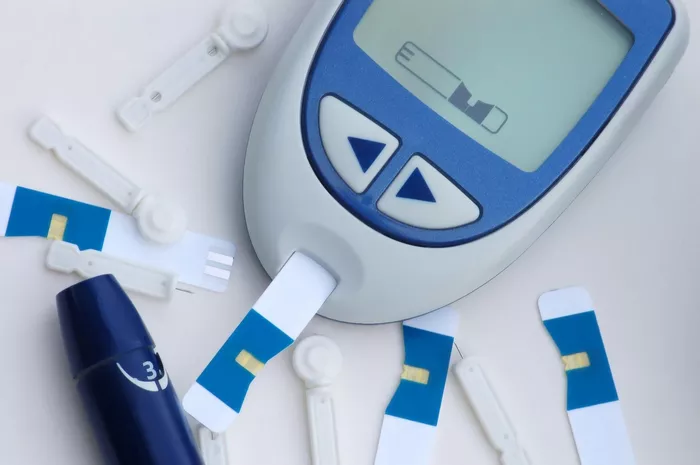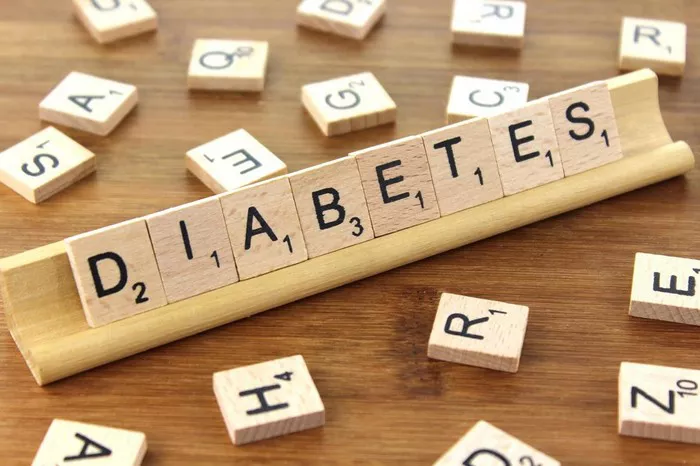Peripheral insulin resistance is a critical concept in the understanding and management of various metabolic disorders, including type 2 diabetes and metabolic syndrome. It refers to the reduced effectiveness of insulin in promoting glucose uptake and metabolism in peripheral tissues, such as muscle, fat, and liver. This condition plays a central role in the pathophysiology of many chronic diseases and has significant implications for overall health.
Understanding Peripheral Insulin Resistance
1. Definition of Peripheral Insulin Resistance
Peripheral insulin resistance occurs when the body’s peripheral tissues (muscle, fat, and liver) become less responsive to the hormone insulin. Insulin is crucial for regulating blood glucose levels by facilitating the uptake of glucose into cells, where it can be used for energy or stored for later use.
Insulin Function: Under normal conditions, insulin binds to insulin receptors on cell surfaces, triggering a cascade of events that allows glucose to enter the cell.
Resistance Mechanism: In peripheral insulin resistance, this process is impaired, leading to elevated blood glucose levels and compensatory hyperinsulinemia (excess insulin production).
2. Causes and Contributing Factors
Several factors contribute to the development of peripheral insulin resistance:
Genetic Factors: Genetic predisposition plays a role in the development of insulin resistance. Certain genetic variations can affect insulin signaling pathways and glucose metabolism.
Obesity: Excessive fat accumulation, particularly visceral fat (fat stored around the abdomen), is a major contributor. Adipose tissue secretes inflammatory cytokines and free fatty acids that impair insulin signaling.
Physical Inactivity: Sedentary lifestyle contributes to decreased insulin sensitivity, particularly in muscle tissue. Regular physical activity helps improve insulin sensitivity.
Diet: Diets high in refined carbohydrates, saturated fats, and processed foods can exacerbate insulin resistance. Conversely, a balanced diet with whole grains, fruits, and vegetables promotes insulin sensitivity.
Hormonal Changes: Hormonal imbalances, such as those seen in conditions like polycystic ovary syndrome (PCOS) or Cushing’s syndrome, can affect insulin sensitivity.
Pathophysiology of Peripheral Insulin Resistance
1. Mechanisms of Insulin Resistance
Impaired Insulin Signaling: Insulin resistance often results from disruptions in the insulin signaling pathway. Key proteins involved include insulin receptor substrate (IRS) proteins and phosphatidylinositol 3-kinase (PI3K). Dysfunction in these proteins impairs glucose uptake.
Inflammation: Chronic low-grade inflammation, driven by factors such as obesity and sedentary lifestyle, can interfere with insulin signaling. Inflammatory cytokines like TNF-alpha and interleukin-6 (IL-6) contribute to insulin resistance.
Oxidative Stress: Increased oxidative stress can damage insulin receptors and signaling pathways, exacerbating insulin resistance. Reactive oxygen species (ROS) play a role in this process.
Lipotoxicity: Excessive levels of free fatty acids can accumulate in non-adipose tissues, such as muscle and liver, impairing insulin action.
2. Impact on Glucose Metabolism
Muscle Tissue: In insulin-resistant muscle tissue, glucose uptake is reduced, leading to elevated blood glucose levels. This impairs the ability of muscles to utilize glucose for energy.
Fat Tissue: Insulin resistance in adipose tissue leads to increased lipolysis (fat breakdown) and elevated free fatty acids in the bloodstream, further exacerbating insulin resistance.
Liver: Insulin resistance in the liver results in increased glucose production and release into the bloodstream, contributing to hyperglycemia.
Diagnosis of Peripheral Insulin Resistance
1. Clinical Assessment
Symptoms: Common symptoms of insulin resistance include fatigue, difficulty losing weight, and increased hunger. However, many individuals may be asymptomatic.
Physical Examination: Signs such as abdominal obesity, acanthosis nigricans (darkened skin in folds), and hypertension may indicate insulin resistance.
2. Laboratory Tests
Fasting Plasma Glucose (FPG): Elevated fasting glucose levels can indicate impaired glucose metabolism, although they do not specifically diagnose insulin resistance.
Oral Glucose Tolerance Test (OGTT): This test measures blood glucose levels after fasting and following glucose ingestion. Elevated blood glucose levels at multiple time points suggest insulin resistance.
Hemoglobin A1c (HbA1c): HbA1c reflects average blood glucose levels over the past 2-3 months. Higher levels indicate poor glucose control.
Insulin Levels: Measuring fasting insulin levels and calculating the homeostasis model assessment of insulin resistance (HOMA-IR) can help assess insulin resistance.
Lipid Profile: Abnormal lipid levels, including elevated triglycerides and low HDL cholesterol, are often associated with insulin resistance.
Management and Treatment
1. Lifestyle Modifications
Diet: Adopting a balanced diet with a focus on whole foods, high fiber, and healthy fats can improve insulin sensitivity. Reducing the intake of refined carbohydrates and sugars is crucial.
Exercise: Regular physical activity, including both aerobic and resistance training, enhances insulin sensitivity and glucose metabolism. Exercise helps to reduce visceral fat and improve muscle glucose uptake.
Weight Loss: For individuals who are overweight or obese, losing weight can significantly improve insulin sensitivity and reduce the risk of type 2 diabetes.
2. Pharmacological Interventions
Metformin: Metformin is commonly prescribed to improve insulin sensitivity and lower blood glucose levels. It works by reducing glucose production in the liver and enhancing insulin action in peripheral tissues.
Thiazolidinediones (TZDs): TZDs, such as pioglitazone, improve insulin sensitivity by acting on adipose tissue and muscle. They can be effective in managing insulin resistance.
SGLT2 Inhibitors: These medications, including empagliflozin and canagliflozin, work by increasing glucose excretion through the urine. They can help manage blood glucose levels and reduce insulin resistance.
3. Monitoring and Follow-Up
Regular Check-Ups: Monitoring blood glucose levels, weight, and other health parameters is essential for managing insulin resistance and preventing complications.
Blood Pressure and Lipid Management: Managing blood pressure and lipid levels is important, as insulin resistance is often associated with hypertension and dyslipidemia.
Complications of Peripheral Insulin Resistance
1. Type 2 Diabetes
Progression: Peripheral insulin resistance is a key precursor to type 2 diabetes. Over time, the pancreas may not produce enough insulin to compensate for resistance, leading to chronic hyperglycemia.
Management: Early intervention and lifestyle modifications can delay or prevent the progression to type 2 diabetes.
2. Cardiovascular Disease
Increased Risk: Insulin resistance is associated with an increased risk of cardiovascular diseases, including coronary artery disease and stroke. This is partly due to its impact on lipid metabolism and blood pressure.
Prevention: Managing insulin resistance through lifestyle changes and medication can help reduce cardiovascular risk.
3. Non-Alcoholic Fatty Liver Disease (NAFLD)
Association: NAFLD is commonly seen in individuals with insulin resistance. It involves the accumulation of fat in the liver and can progress to more severe liver conditions.
Management: Addressing insulin resistance and making lifestyle changes can help manage and potentially reverse NAFLD.
See also: What Causes Insulin Resistance in the Body?
Conclusion
Peripheral insulin resistance is a significant factor in the development and progression of various metabolic disorders, including type 2 diabetes and cardiovascular diseases. Understanding its mechanisms, causes, and implications is essential for effective management and prevention. Through lifestyle modifications, pharmacological treatments, and regular monitoring, individuals with peripheral insulin resistance can improve their health outcomes and reduce the risk of associated complications. Early intervention and a comprehensive approach to managing insulin resistance are crucial for maintaining overall health and well-being.
Related topics:
Do Carbs Cause Insulin Resistance?



























